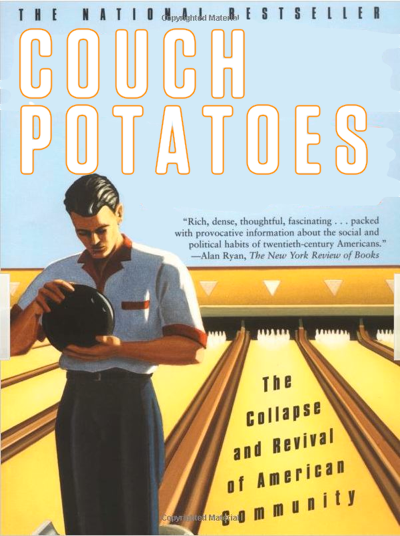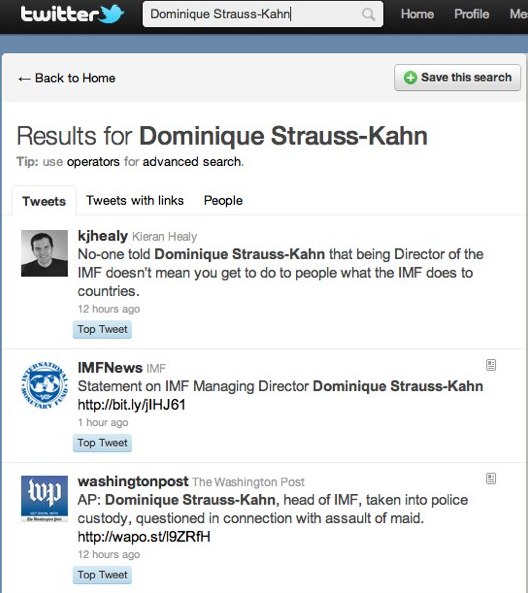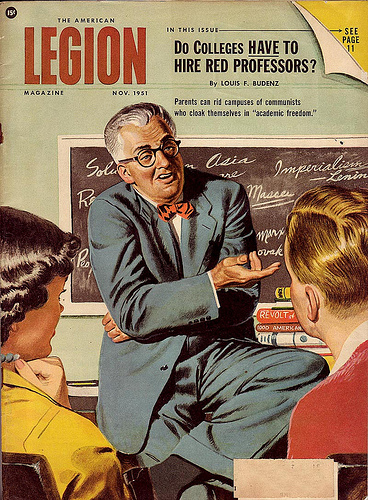Prompted by a passing thought about TextMate, I thought I’d make a comprehensive, accurate, unbiased, and irrefutable survey of text editors by way of comparison to locations in The Lord of the Rings.
From the category archives:
Et Cetera
If you read this news story then you will probably want to sing along.
President Obama is in Ireland and thus so also is the presidential superlimo. The heavily-armored vehicle is an unholy hybrid of a Cadillac, a medium truck, and a small tank. According to the gearheads on Wikipedia, the vehicle is
fitted with military grade armor at least five inches thick, and the wheels are fitted with run flat tires … The doors weigh as much as a Boeing 757 airplane cabin door. The engine is equipped with a Eaton Twin Vortices Series 1900 supercharger system. The vehicle’s fuel tank is leak-proof and is invulnerable to explosions. The car is perfectly sealed against biochemical attacks and has its own oxygen supply and firefighting system built into the trunk. … two holes hidden inside the lower part of the vehicle’s front bumper … are able to emit tear gas The vehicle can also fire a salvo of multi-spectrum infrared smoke grenades as a countermeasure to an Rocket-propelled grenade (RPG) or Anti-tank missile (ATGM) attack and to act as a visual obscurant to operator guided missiles. … The limo is equipped with a driver’s enhanced video system which allows the driver to operate in an infrared smoke environment. This driver’s enhanced video system also contains bumper mounted night vision cameras for operation in pitch black conditions. Kept in the trunk is a blood bank of the President’s blood type.[citation needed] Interestingly, there is no key hole in the doors. A special trick, known only to Secret Service agents, is required to gain access to the passenger area. Furthermore, the entire limo can be locked like a bank vault.

Pretty impressive. However, in their efforts to anticipate every threat, the designers of this thing nevertheless failed to account for the unique engineering characteristics of Irish roads. Foreigners may not be aware that, historically, Ireland’s roads (in conjunction with the system of road signs) have been both its primary transportation network and main form of defense against invasion. During World War II (or “The Emergency” as it was politely referred to in Ireland) the contingency plan against Nazi attack was simply to uproot the road signs and otherwise leave things just as they were, thereby transforming a national transport network into a dangerous labyrinth of treacherous, crater-ridden byways. And so, in an echo of this grim period and forty years of EU Structural Funds notwithstanding, this morning the superlimo got stuck on a hump outside the U.S. embassy.
In fairness to Dublin Corporation and its employees, the Irish road system may not really be to blame here. (Though it’s hard to resist the idea.) Instead, I can attest—as someone who has queued up many times over the years outside the U.S. embassy in the course of getting a various visas approved or renewed—that the ultimate culprit is probably the State Department itself, by way of the variety of security measures it put into place around the embassy during the 1980s. Between them, the system of gates and security bollards, together with the state of the footpath on the Elgin Road, conspired to leave the superlimo high and dry. There’s a metaphor here somewhere.
Update: Via Facebook and elsewhere comes the argument that, because Embassies are sovereign territory, the road was in fact American. On the other hand, of course, the purpose of Obama’s visit was to reaffirm his roots in the town of Moneygall. So Irish reaction has moved quite smoothly from “American President’s Limo Gets Stuck On Irish Road” to “Returning Irishman’s Car Damaged By American Road”.
Am too busy writing a paper to blog, but if I were blogging, I’d be writing about …
(1) My happy discovery that George Scialabba’s website has an “Atom feed”:http://www.georgescialabba.net/mtgs/atom.xml, which is mentioned nowhere on the page, but which allows you to keep up with new Scialabba As It Arrives. Apparently, his website has been speaking xml all its life without knowing it …
(2) My “review”:http://www.timeshighereducation.co.uk/story.asp?sectioncode=26&storycode=415096&c=2 of Evgeny Morozov’s “The Net Delusion”:ttp://www.amazon.com/gp/product/1586488740?ie=UTF8&tag=henryfarrell-20&linkCode=as2&camp=1789&creative=390957&creativeASIN=1586488740 (short version: when it’s good, it’s very, very good. And when it’s bad, it’s horrid). [UPDATE: Cosma Shalizi emails to tell me that one of my criticisms of Morozov – viz. that it is impossible to later disentangle individual voices from the roaring of a crowd – is in fact wrong).
(3) The “Reformcard”:http://reformcard.com/ effort to grade Irish political parties’ commitment to reform, whenever they get around to issuing manifestos. I will say that I am a little sceptical about the term ‘reform,’ which is frequently employed as a more or less direct euphemism for ‘cuts and marketization’ – I’ll be interested to see how it’s measured in practice.1 While Ireland could surely do with reform, it is likely to suffer far more ‘reform’ than could possibly be beneficial, regardless of who gets elected. Update 2: commentators tell me that the reforms that the site will emphasize are purely institutional ones.
(4) Scott McLemee’s “thoughts on international politics and zombies”:http://www.insidehighered.com/views/mclemee/mclemee323. As “xkcd”:http://xkcd.com/856/ pointed out recently, we’re all a little overexposed to zombies and other Internet trochees. So here’s a bit from Francis Spufford’s _Red Plenty_ (coming out in the US in a few months!) that freshens up (if that’s the right word) the metaphor nicely.
bq. But Marx had drawn a nightmare picture of what happened to human life under capitalism, when everything was produced only in order to be exchanged; when true qualities and uses dropped away, and the human power of making and doing itself became only an object to be traded. Then the makers and the things made turned alike into commodities, and the motion of society turned into a kind of zombie dance, a grim cavorting whirl in which objects and people blurred together till the objects were half alive and the people were half dead. Stock-market prices acted back upon the world as if they were independent powers, requiring factories to be opened or closed, real human beings to work or rest, hurry or dawdle; and they, having given the transfusion that made the stock prices come alive, felt their flesh go cold and impersonal on them, mere mechanisms for chunking out the man-hours. Living money and dying humans, metal as tender as skin and skin as hard as metal, taking hands, and dancing round, and round, and round, with no way ever of stopping; the quickened and the deadened, whirling on. That was Marx’s description, anyway. And what would be the alternative? The consciously arranged alternative? A dance of another nature, Emil presumed. A dance to the music of use, where every step fulfilled some real need, did some tangible good, and no matter how fast the dancers spun, they moved easily, because they moved to a human measure, intelligible to all, chosen by all.
1Far worse though, is ‘painful reform,’ which is invariably used as a term of approbation by those expecting to suffer _no pain whatsoever_ (and quite possibly anticipating substantial profits or consultancy fees) from the ‘reforms’ being tabled.
Erik over at The Monkey Cage points me towards the excellent Better Book Titles, where you can find numerous contemporary and classic works slightly altered in a way that the title is more informative about their actual content. In closing he says,
If you can do anything like this with a political science book, I’d consider putting it on the Cage.
So what he’s looking for are titles that better convey the core of the argument of academic monographs. Like this.

Of course, we shouldn’t just pick on the famous. So, below the fold, one a bit closer to home.
Here’s a paper that will provoke a wave of denial in type nerds everywhere. Short version: setting information in hard-to-read fonts, including Comic Sans Italic, led to better retention amongst research subjects because of “disfluency”. When you have to work harder to read it, you remember it better.
Abstract: Previous research has shown that disfluency – the subjective experience of difficulty associated with cognitive operations – leads to deeper processing. Two studies explore the extent to which this deeper processing engendered by disfluency interventions can lead to improved memory performance. Study 1 found that information in hard-to-read fonts was better remembered than easier to read information in a controlled laboratory setting. Study 2 extended this finding to high school classrooms. The results suggest that superficial changes to learning materials could yield significant improvements in educational outcomes.
In the meantime, you can pry this Scala Regular from my cold, dead hands.
I have an interview over at The Setup, for those of you who are interested in cursor-gazing.
The application you’ve been looking for:
While some so-called environments that are less free of distraction may display one, three, or even more lines of text—all at the same time—we understand that if you could only achieve the theoretical removal of all theoretical distractions, you would finally be able to write something. And we want ū— to help you almost do that.
I think what makes Merlin Mann compelling is that he knows he has something important to get across about work and creativity, but what he has to convey is a kind of non-demonstrative non-formula, and trying to say it more than once puts him in the same business niche as a legion of people he rightfully despises. He is quite aware of this, so you see him constantly tuning his anti-pitch and sharpening his anti-advice to make sure he doesn’t find himself, late one night, naked on a bed in a motel in Omaha watching himself deliver an infomercial. It’s the problem of trying to teach something that needs to be shown, or of trying to theorize a craft — the way that critics of postwar critical theory used to say that the trouble with those guys was that they had succeeded in unifying theory and practice, in theory. His advice is excellent, but the act of delivering and listening to it subverts the point of the message, or is an example of the problem that needs solving.
Now if you’ll excuse me, I have to tweak my citation format. I’ve nearly gotten it just right.
Last month, you may recall, the fascist octopus made a real-life appearance during the world cup. And this month, Ayatollah Ali Khameni says more or less directly that if you want to dance, you can’t be part of their revolution.
So, the World Cup’s most famous precognitive German cephalopod, Paul, has predicted from his tank in Oberhausen that Spain will beat Holland on Sunday, leading to various death threats, offers of state protection from the Spanish government, and a proliferation of calamari recipes circulating amongst my Dutch friends on FaceBook. All of which means, surely, that it really is true that some people are hoping that the fascist octopus has sung its swan song.
I’ll get my coat.
Maybe I should have a lie down.
Morning and Afternoon Tea are the twin social hubs of Australian academia, so it’s only natural that a disturbing tearoom phenomenon would be noticed, investigated and subsequently published in the British Medical Journal: The case of the disappearing teaspoons: longitudinal cohort study of the displacement of teaspoons in an Australian research institute.
Objectives To determine the overall rate of loss of workplace teaspoons and whether attrition and displacement are correlated with the relative value of the teaspoons or type of tearoom. Design Longitudinal cohort study. Setting Research institute employing about 140 people. Subjects 70 discreetly numbered teaspoons placed in tearooms around the institute and observed weekly over five months. Main outcome measures Incidence of teaspoon loss per 100 teaspoon years and teaspoon half life.
Results 56 (80%) of the 70 teaspoons disappeared during the study. The half life of the teaspoons was 81 days. The half life of teaspoons in communal tearooms (42 days) was significantly shorter than for those in rooms associated with particular research groups (77 days). The rate of loss was not influenced by the teaspoons’ value. The incidence of teaspoon loss over the period of observation was 360.62 per 100 teaspoon years. At this rate, an estimated 250 teaspoons would need to be purchased annually to maintain a practical institute-wide population of 70 teaspoons.
Conclusions The loss of workplace teaspoons was rapid, showing that their availability, and hence office culture in general, is constantly threatened.
Follow the link and scroll down for the long correspondence that followed. Notable contributions include “Teabags and forks are confounding factors“, “Communism and Biros“, “Global Implications, Impending Catastrophe“, and “Could teaspoons be the larvae of some unrecognised adult?”


